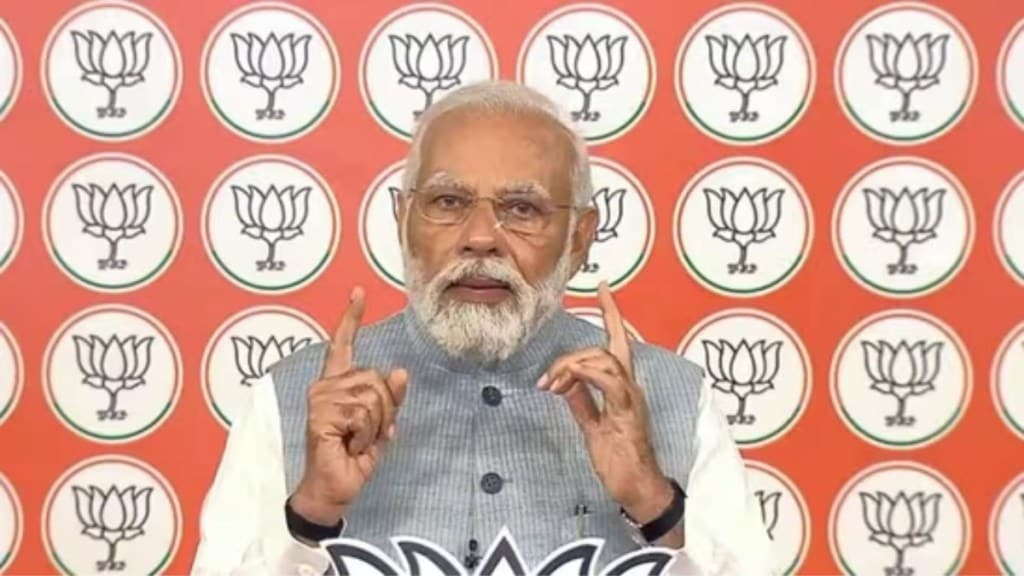Recently during an election rally in Rajasthan, Prime Minister Narendra Modi accused the Congress of planning to redistribute the nation’s wealth to “infiltrators” and families with “more children,” with some claiming an implied reference to Muslims. However, the latest census data on religious demographics is 13 years old, so the updated figures are uncertain.
Early Census data reveals growth trends
According to the Census of 2011, the Muslim population in India stood at 17.22 crore, constituting 14.2% of the total population of 121.08 crore at the time, The Indian Express reported. Comparatively, in the previous Census of 2001, the Muslim population was recorded at 13.81 crore, accounting for 13.43% of India’s population, which was 102.8 crore at the time.
The report further said that the data indicates a 24.69% increase in the Muslim population between 2001 and 2011, marking the slowest growth rate in India’s history. By contrast, between 1991 and 2001, the Muslim population witnessed a growth rate of 29.49%.
According to the National Sample Survey 68th round (July 2011-June 2012), the average household size of major religious groups was as follows:
Religion Household size
Islam 5
Hindu 4.3
Christianity 3.9
Sikhism 4.7
Others 4.1
All 4.3
The Labour Force Participation Rate (LFPR) and Worker Population Ratio (WPR) among Muslims are the lowest compared to other religious groups, according to the National Sample Survey Office (NSSO). Additionally, Muslims are the only religious community experiencing a decline in LFPR and WPR. Despite this, the Unemployment Rate (UR) among Muslims is lower than the national average.
LFPR represents the proportion of individuals in the labor force (those employed, seeking employment, or available for work) within the population. WPR signifies the percentage of employed individuals in the population. UR indicates the percentage of unemployed individuals among those in the labor force.

